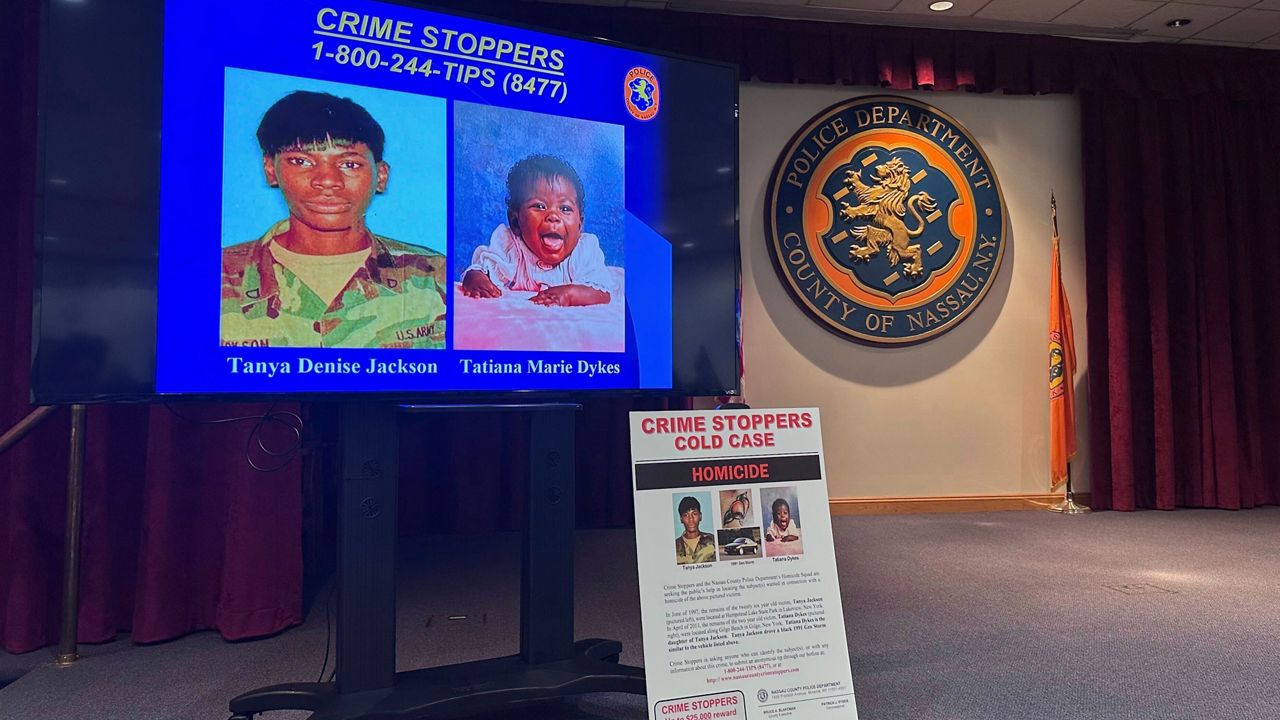ALTADENA, Calif. — It's been three months since the Eaton Fire devastated parts of Altadena. And while Phase 2 of the debris cleanup continues, a local group is working with some residents who lost their homes to preserve some of the trees damaged in the fire.
Altadena Green is assessing some of the areas impacted by the fires to see if some trees are showing signs of life and could recover. Frances Colella lived in her Altadena house for 35 years, and some trees on her property helped make it home.
"What I want to do when I come back, if I rebuild, is to take advantage of that view up there, and to have windows that look out to something like this [tree] that I can admire," Colella said.
Rebecca Latta is an arborist who lives in Altadena. She is going through the community to assess the damage done to some of the trees in the area. The U.S. Army Corps of Engineers and its team have marked certain trees with orange bands, signaling that they should be removed. If Latta disagrees, she puts a green band around them.
"I’m showing the homeowner that you really might want to consider keep this tree," Latta said. "I think it has the potential to recover."
The Army Corps said some of the trees that were scorched in the Eaton Fire pose a risk to public health. Some of them are in danger of falling, but the Army Corps said it doesn't have time to take a wait-and-see approach as the cleanup continues. Col. Eric Swenson is the commander of the Recovery Field Office in charge of debris removal. He said because they've been mandated to remove the debris sooner than later, the Army Corps has to make time sensitive decisions.
"These are trees that we believe, and they believe in their professional arborist experience and opinion, that are either dead or will die in the next five years," Swenson said. "They could present a public health and safety threat to the community."
Latta agrees that the trees that have been completely scorched should be removed, but some of them still have some bark remaining, while others are showing signs of life. The key will be watering the soil around the trees to give them a fighting chance to thrive once again.
"The important thing at this point is going to be reinvigorate the root system," Latta said. "Because the roots have had some damage from the heat, and it’s going to be important to get water down on the ground."
While Colella waits to see if she wants to rebuild on her property, she's grateful to be working with people like Latta, who are trying to save some parts of the area she calls home.
"It’s people like Rebecca that make people like me have some hope about what we can restore and what we can build," Colella said. "This was home for more than three decades."









